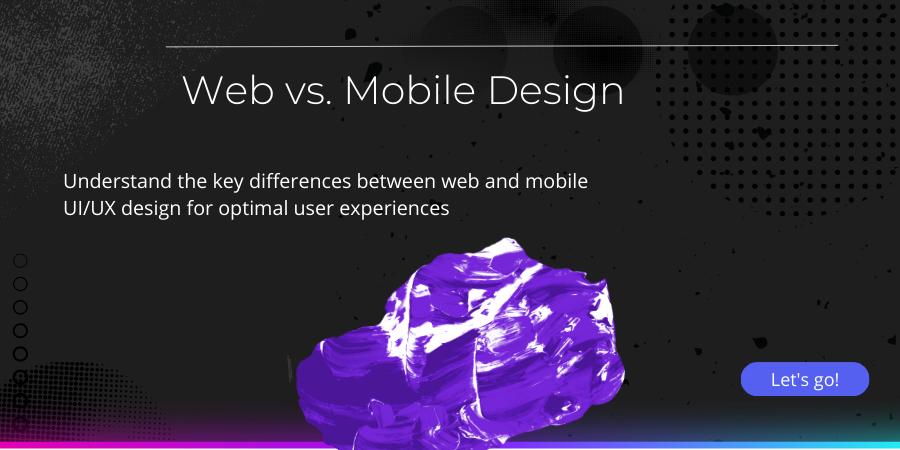
Designing for Web vs. Mobile: Key Differences
Course Description
This module explores the key differences between web and mobile UI/UX design, highlighting the unique considerations for each platform. You'll learn how user behavior, screen size, navigation patterns, and interaction methods differ across web and mobile experiences. The module also covers best practices for optimizing design to suit the specific needs of both platforms. By the end, you'll have a clear understanding of how to create effective, platform-specific designs that enhance usability and user satisfaction.
Designing for web and mobile requires a deep understanding of user behavior, technical limitations, and platform-specific guidelines. Although both web and mobile experiences share the same fundamental goal—providing users with an intuitive and efficient interface—the approaches to achieving this differ significantly. Each platform comes with its own constraints, design patterns, and best practices, making it essential for designers to tailor their strategies accordingly.
One of the most noticeable differences is screen size. Desktop web design allows for expansive layouts, multiple columns, and complex navigation structures, while mobile screens demand a compact and streamlined approach. Mobile design focuses on simplicity, prioritization, and content hierarchy to ensure that essential information remains accessible within a limited viewing area. This difference affects typography, spacing, button sizes, and the overall layout structure, requiring designers to carefully balance aesthetics with usability.
Interaction methods also vary between web and mobile interfaces. Desktop users rely on a mouse and keyboard, enabling precise navigation, hover effects, and detailed interactions. In contrast, mobile users depend on touch gestures such as taps, swipes, pinches, and long presses. This shift in interaction necessitates larger touch targets, gesture-based navigation, and a focus on minimizing the need for excessive typing, as on-screen keyboards can be cumbersome. Mobile-friendly interfaces often incorporate auto-complete fields, voice input options, and simple forms to enhance usability.




